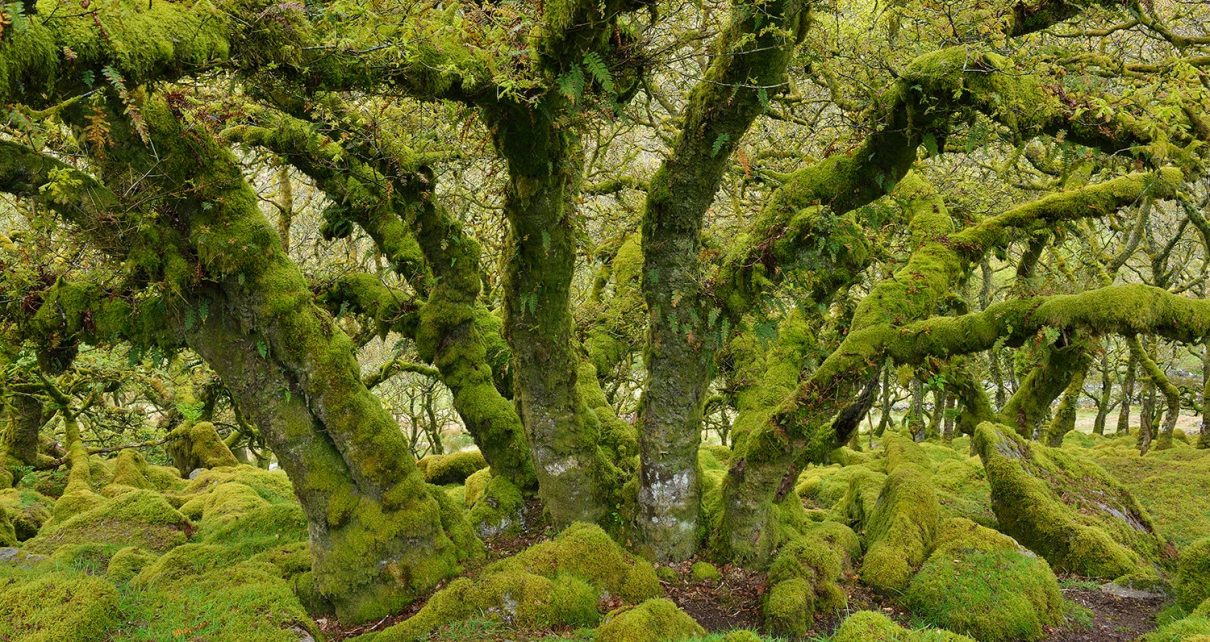They give us paper and fuel, as well as vital ecological services—like cleaning the air, storing carbon and providing habitat. We’re talking about trees, of course. But human changes to the environment appear to be causing profound changes to trees around the world.
In a new study, scientists reviewed global research on trends in tree seedlings, growth, and death. They combined those data with an analysis deforestation. And they found that worldwide, older trees are dying at a higher rate than in the past, due to factors like rising air temperature, wildfires, drought and pathogens.
“And most of the drivers of that decrease in large, old trees are increasing themselves, such as temperature going up, droughts are more severe, wildfires, windstorms, and deforestation are all—although variable across the globe—they’re generally increasing. And so both the loss has already occurred, but we expect more continued loss of big, old trees.”
Nate McDowell, an earth scientist at Pacific Northwest National Lab, who was one of the study’s authors. [Nate G. McDowell et al, Pervasive shifts in forest dynamics in a changing world, in Science]
“So if we have an increasing rate of death, particularly of the larger, older trees, what’s left are the younger trees. So that’s why on average, through the loss of bigger, older trees, our forests are becoming inherently younger and shorter.”
This trend is a problem, because old trees are vitally important.
“For sure, the increase in death does limit the carbon storage of an ecosystem, and can force the system to become a carbon source to the atmosphere. The second reason we care is from a biodiversity perspective—old growth trees tend to house a higher biodiversity than young forests do. And the third reason is aesthetic: as a society we care about these trees. We have national parks named after these big trees. So there’s a personal reason for people to care about this as well.”
—Annie Sneed
(The above text is a transcript of this podcast)



-464x290.png)
